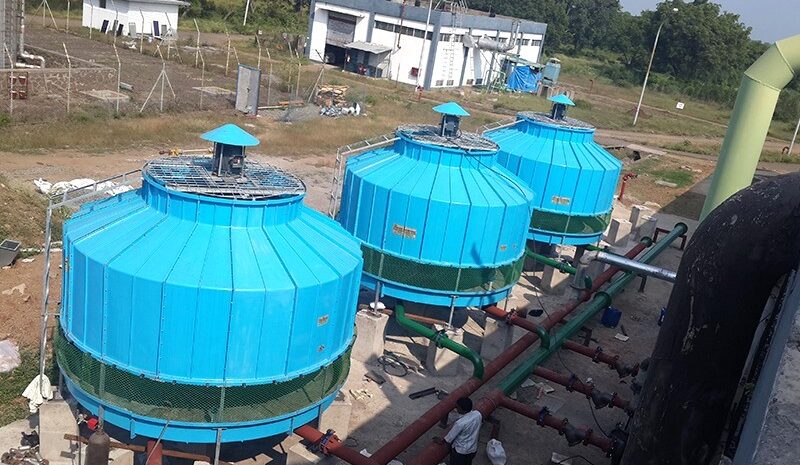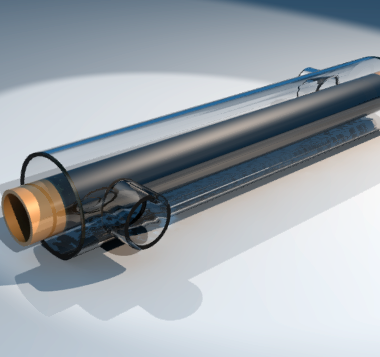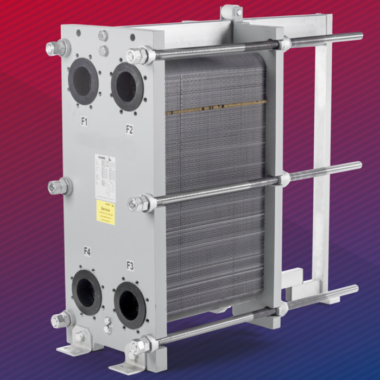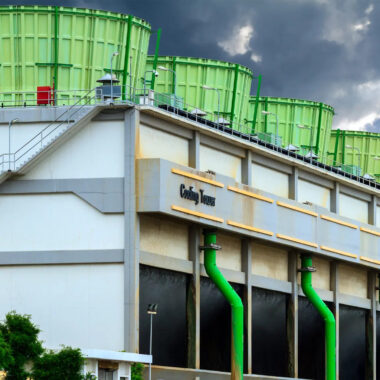Structural Design Considerations for Round Cooling Towers
Structural Design Considerations for Round Cooling Towers
Round cooling towers are an necessarily part of numerous industrial forms, giving effective heat dissipation in a compact impression. Their plan must suit different basic, environmental, and operational factors to guarantee safety, reliability, and ideal execution. Here are key structural design considerations for round cooling towers:
1. Foundation and Support
Load-Bearing Capacity:
Ensure the foundation can back the weight of the cooling tower, including water, hardware, and basic materials.
The soil bearing capacity must be assessed to avoid settlement issues.
Vibration and Seismic Contemplations:
Plan the foundation to relieve vibrations from mechanical equipment like fans and pumps.
In seismic districts, the establishment and structure must be reinforced to resist potential earthquake forces.
2. Materials Selection
Durability and Corrosion Resistance:
Utilize materials resistant to corrosion, such as fiberglass-reinforced plastic (FRP), stainless steel, or treated wood, particularly in harsh environments.
Guarantee materials can withstand exposure to water, chemicals, and temperature variations.
Lightweight and Strength:
FRP and similar composites offer a great balance of lightweight and tall strength, reducing the overall stack on the establishment whereas maintaining structural judgment.
3. Structural Integrity
Wind Loads:
Design the cooling tower to stand up to wind loads, particularly in regions inclined to high winds or storms.
Consider the aerodynamic shape of the round tower, which can reduce wind resistance compared to square or rectangular plans.
Thermal Expansion:
Account for thermal expansion and compression of materials due to temperature changes in operational and environmental conditions.
Join expansion joints and adaptable connections where necessary.
4. Water Distribution and Stack Management
Uniform Load Distribution:
Ensure the water conveyance system gives even loading to avoid structural push and uneven wear.
Adjust water flow to avoid overloading particular sections, which can lead to basic damage.
Drift and Splash Control:
Integrate drift eliminators to play down water loss and decrease potential for structural rot due to moisture.
5. Maintenance and Availability
Inspection Points:
Plan access focuses for regular inspection and maintenance of inside components, such as fill media and nozzles.
Ensure security features like steps, walkways, and guardrails are included for safe get to.
Component Replacement:
Facilitate simple replacement of components like fans, engines, and nozzles without major basic alterations.
Modular plans can improve maintenance efficiency.
6. Environmental and Operational Components
Thermal Efficiency:
Optimize the auxiliary plan for greatest thermal effectiveness, enhancing discuss circulation and water distribution.
Guarantee the shape and materials advance viable heat exchange and evaporation.
Noise Decrease:
Join noise-dampening materials and plans to play down operational noise, especially in urban or noise-sensitive regions.
Water Management:
Plan for efficient water utilize and join features for water preservation and recycling.
Guarantee the system can handle top loads and variable stream rates without compromising basic integrity.
7. Compliance and Standards
Regulatory Compliance:
Follow to local and universal benchmarks for basic plan, security, and environmental impact.
Guarantee the cooling tower plan meets industry regulations, counting those related to emissions and noise.
Building Codes:
Follow important building codes for auxiliary plan, materials, and safety highlights.
Guarantee compliance with codes related to fire resistance, especially for materials like wood.
Conclusion
Planning circular cooling towers requires cautious thought of basic integrity, materials, environmental factors, and maintenance needs. By tending to these components, engineers can guarantee that cooling towers work productively, safely, and dependably, giving fundamental cooling for industrial processes. Adjusting these contemplations with administrative requirements and natural supportability will result in a robust and proficient cooling tower design.







